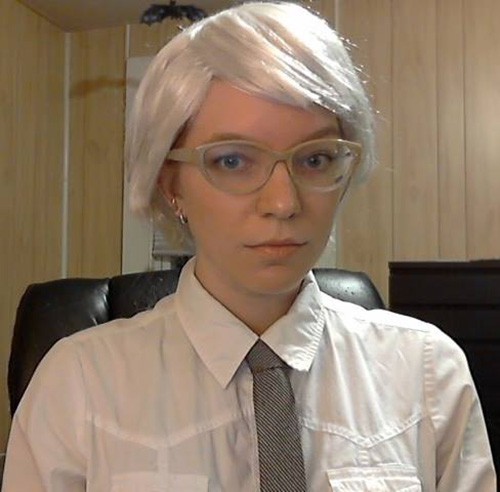National History Day began in 1974 in Cleveland, Ohio, and it has expanded to a nationwide competition with thousands of middle school and high school students participating each year. After months of exhaustive research and interviews at libraries, museums, and historical institutions, the students create projects in a variety of formats. In 2004, when I competed as a 7th grader from Eastern Middle School in Silver Spring, Maryland, the NHD theme was Exploration, Encounter, and Exchange, which coincidentally is the recurring theme for 2016. The NHD theme changes each year, but it is broad enough to be applied to the life and work of Andy Warhol. I chose Andy Warhol as my topic to indulge my passions for art, Pittsburgh, and tomato soup.

I had never researched an artist before, but learning about Andy Warhol enthralled me from the beginning. I read Popism: The Warhol Sixties and The Philosophy of Andy Warhol as well as scholarly articles that I obtained on a class field trip to the McKeldin Library at the University of Maryland. I was developing a deeper understanding of Warhol’s art, as well as a fondness for Warhol as a person. I chopped up a white wig and dressed up as Warhol for Halloween. I changed my AOL Instant Messenger screen name to “CatsNamedSam,” a reference to the homonymous cats he cared for in the 1950s and the book of cat drawings he released in 1954. I even got a cassette tape recorder and carried it around, although I was often too self-conscious to try to record conversations. After a few weeks of research, my parents drove me to Pittsburgh to visit The Andy Warhol Museum, where I had an appointment with a museum educator named Sarah Williams.
Sarah and I spent about five hours together in the basement of The Warhol; she brought me a stack of books, and I brought a stack of index cards. I remember Sarah photocopying a book of Warhol quotes—a valuable primary source—that helped me better understand the Warhol persona. Eventually I had a “eureka” moment, and I finally felt confident in my thesis about the repetition of images in Warhol’s artwork being a commentary on the repetition in mass manufacturing and the mass media. I had another realization that day: Sarah’s job must be awesome! I asked her about it and she confirmed that it was a great place to work and told me about the career path that led her to becoming an educator at The Warhol. After that experience, I knew I wanted to work in an art museum when I grew up.
When it came time to form NHD groups, I insisted that my group use my research topic as the basis for our project. As my schooling continued, I consistently incorporated art history into any open ended project I was assigned. I made a stop-motion animation about Surrealism for media class; I wrote a biography of Jackson Pollock for a 9th grade English assignment; I earned my required community service hours at a local art gallery. For years I had been preparing to work at any art museum, but in 2011, at age 20, I saw that The Warhol was hiring gallery attendants, and I knew I couldn’t pass up the opportunity.
In October of 2011 I was hired as a gallery attendant at The Warhol, and I felt like the luckiest girl in the world. Not only had I achieved my dream of working at an art museum, but it was the museum where my interest in art history had begun. By 2013 I had worked my way up to the education department, where I was giving gallery talks, tours, and helping with research projects. When I told other educators about my how my NHD project led me to the museum, I would refer to it as my “dorky origin story” or my “art history fairy tale.” Last November, the tale came full circle: I got an email from the mother of Lauren Allen, a local 8th grader doing her National History Day project about Warhol, asking if there was anyone at the museum Lauren could interview for her project.
Check back next week for Part 2, where I share Lauren’s story, and you’ll see how a new generation of students has enriched my art history fairy tale.
Lead image: Grace Marston giving a gallery talk on the third floor archives floor, in front of items from Warhol’s personal collection.

